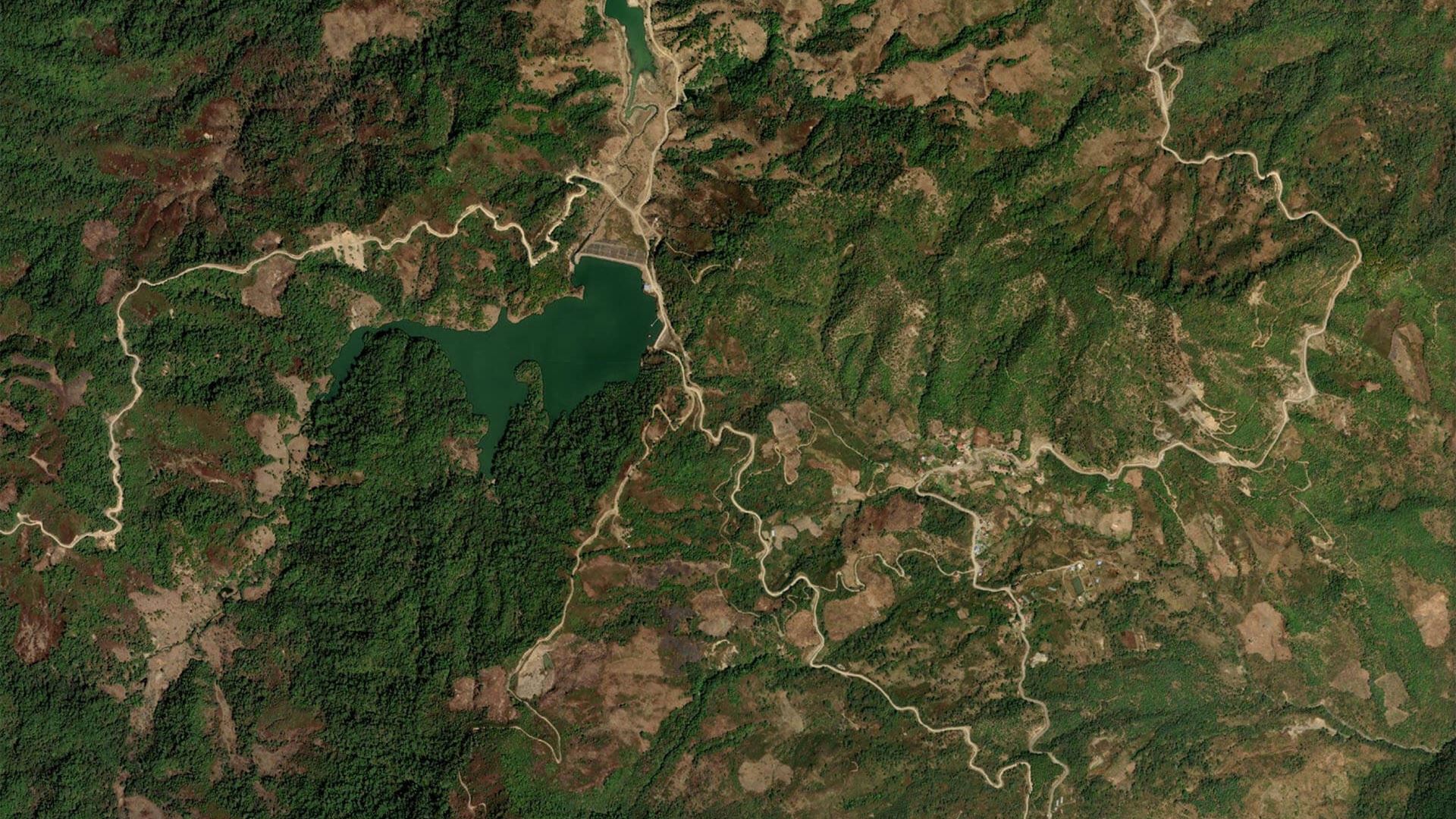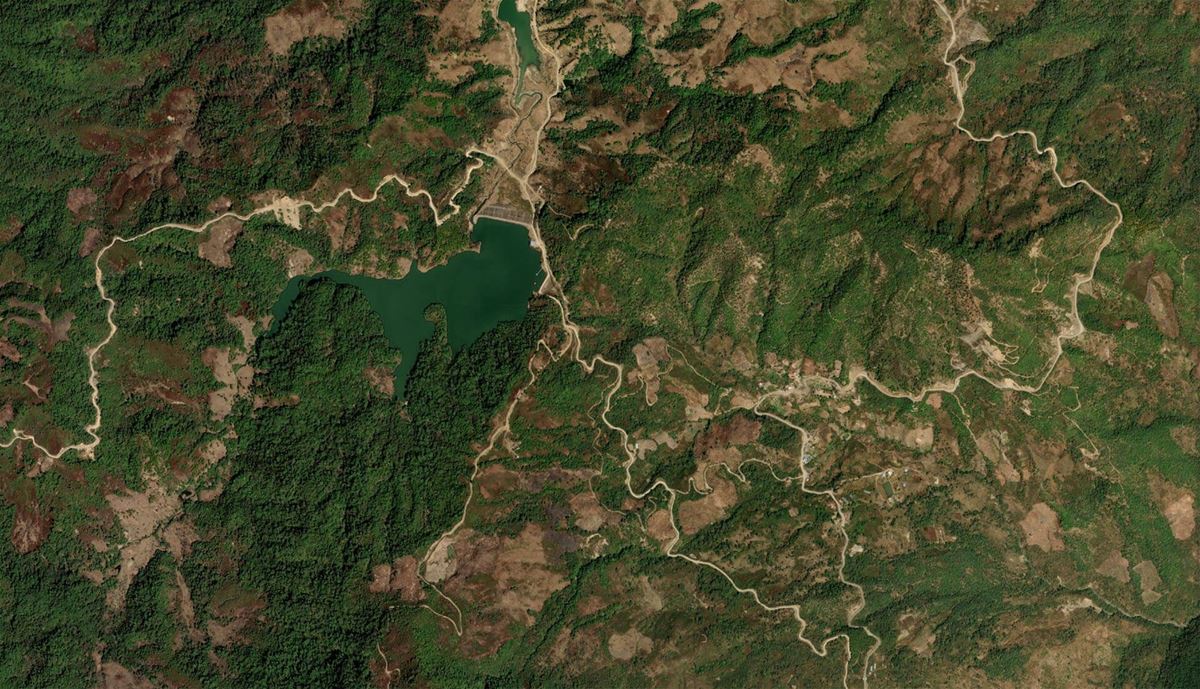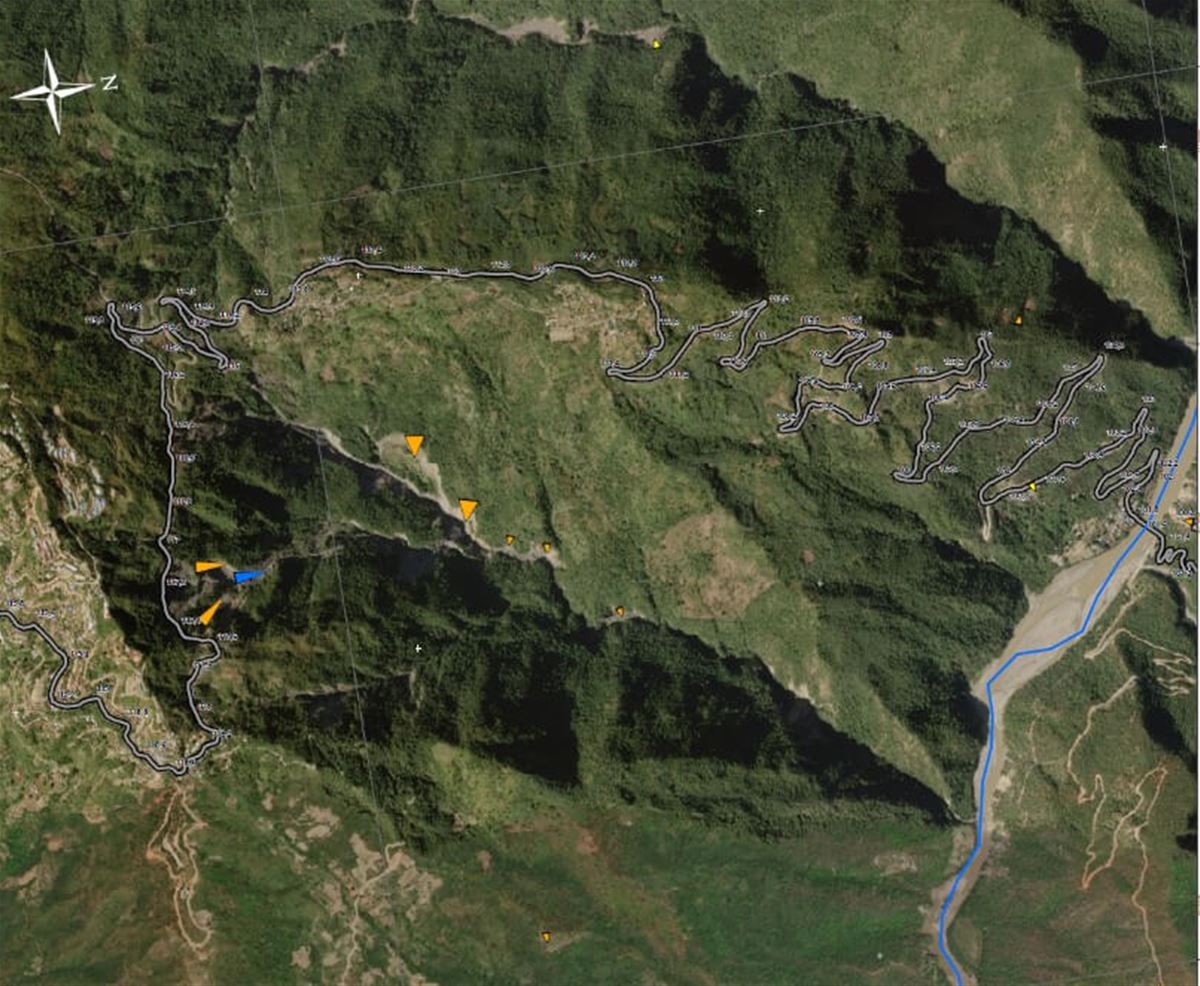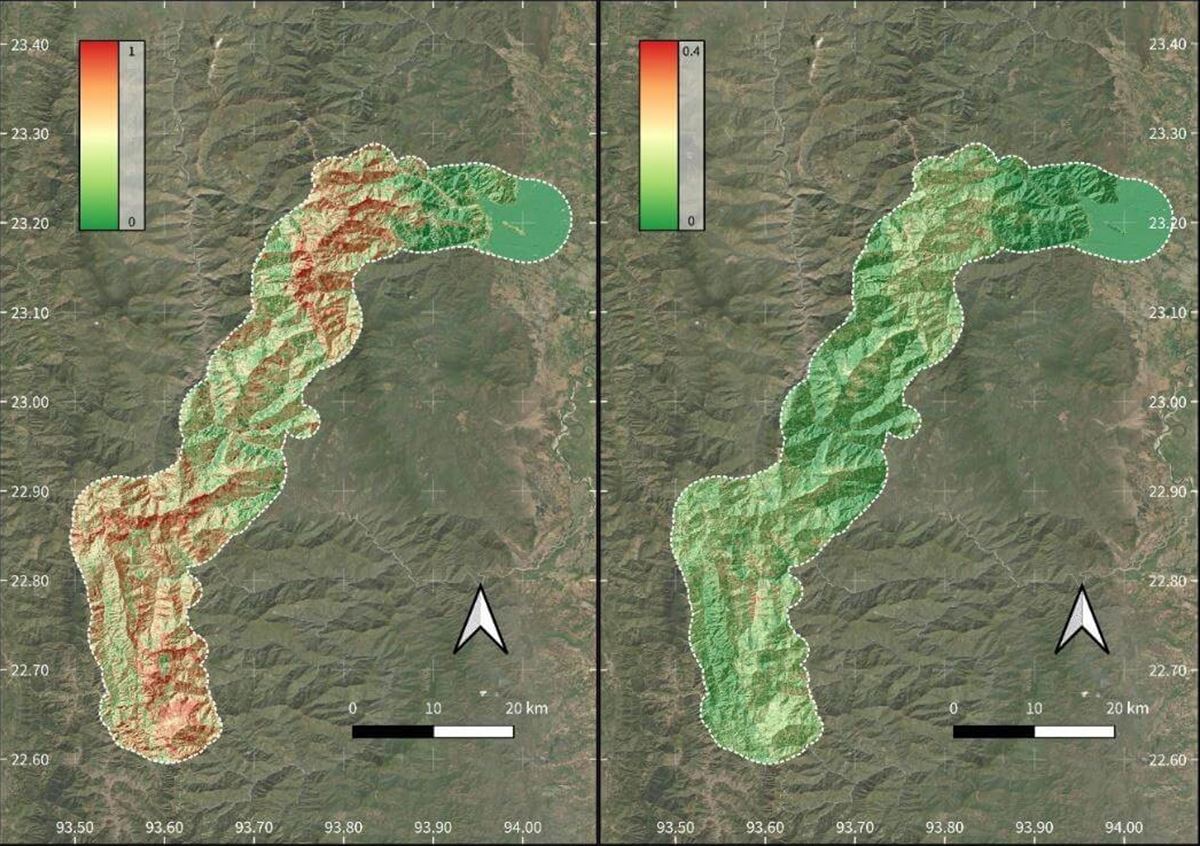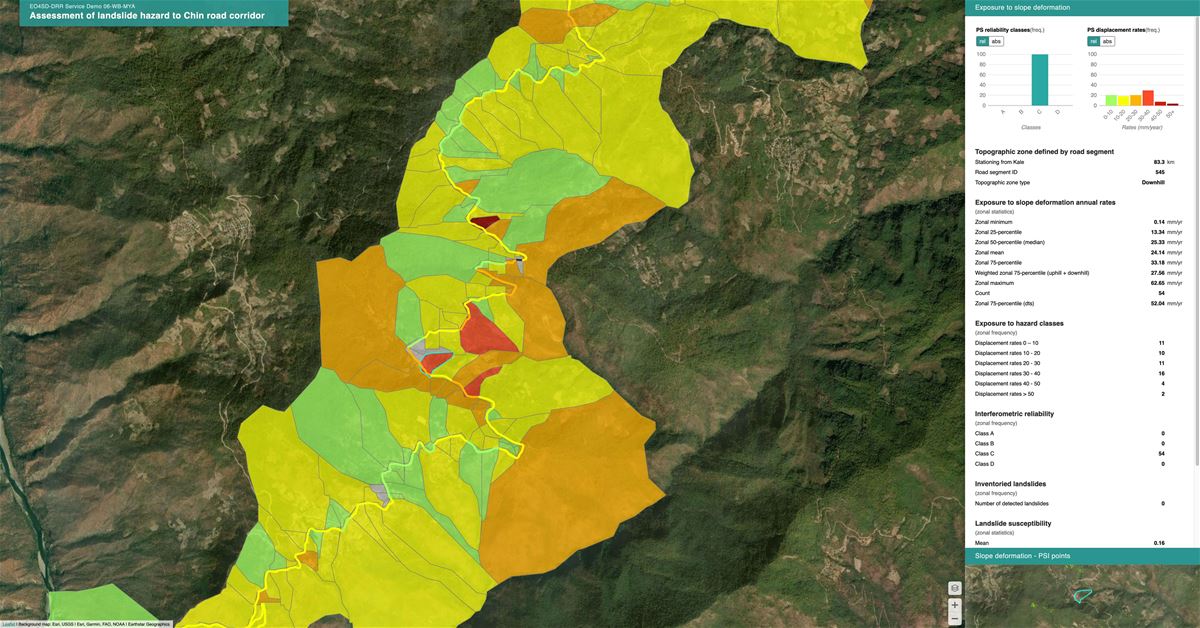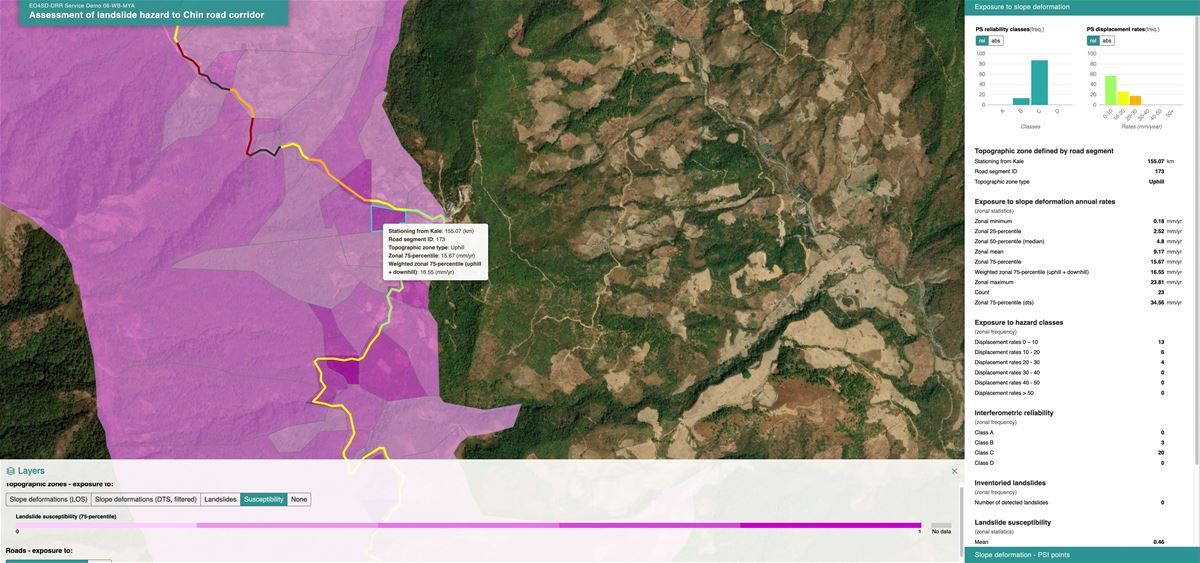Situation
The World Bank invests in landslide-prone infrastructure
The World Bank, an international financial institution, supports development aid and reconstruction in low-income countries. In a recent project, the bank focused on infrastructure reconstruction in Myanmar following frequent natural disasters.
Myanmar, particularly Chin State, faces recurrent floods and landslides that routinely damage critical infrastructure. The most significant threat is landslides, which disrupt the crucial road link between Kalay and Hakha during the rainy season. This road is vital for residents' access to basic services and economic opportunities. When damaged, local residents lose their ability to travel to work or access healthcare.
To address this issue, the World Bank commissioned a comprehensive landslide risk assessment along the road corridor. The project aimed to identify the most vulnerable sections and propose mitigation measures. It was expected to provide accurate data and analysis to facilitate reconstruction planning and improve the road's long-term resilience to natural disasters.
